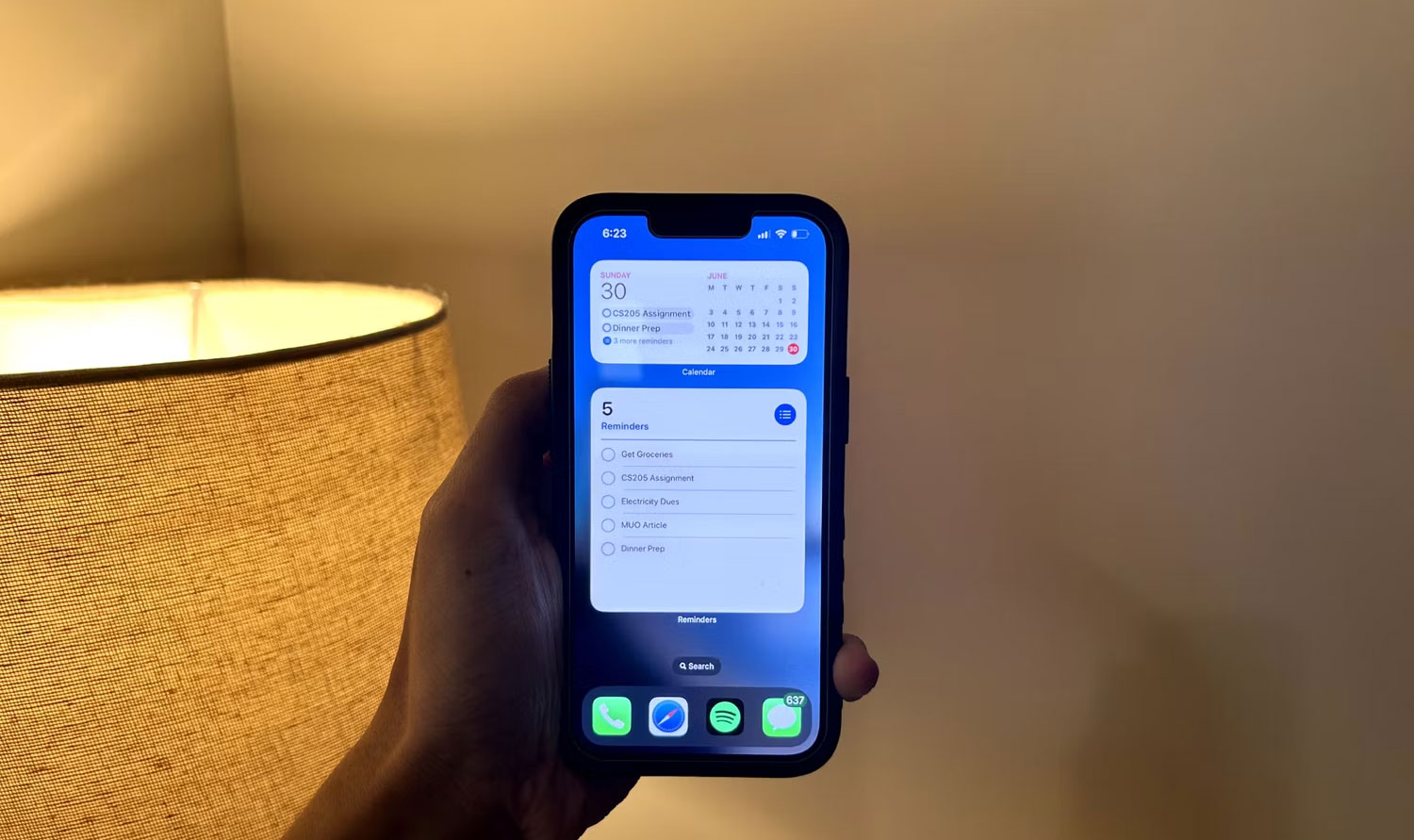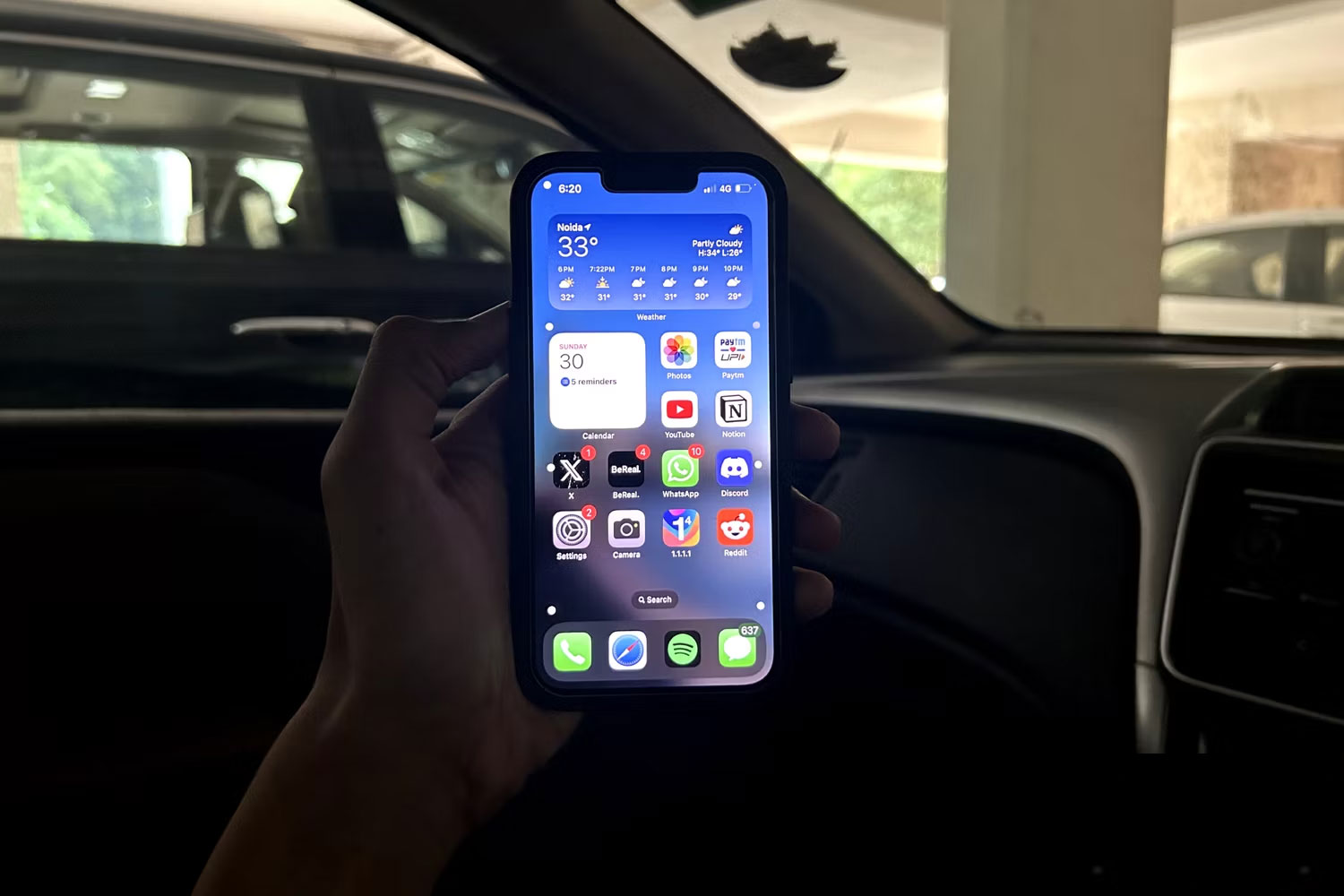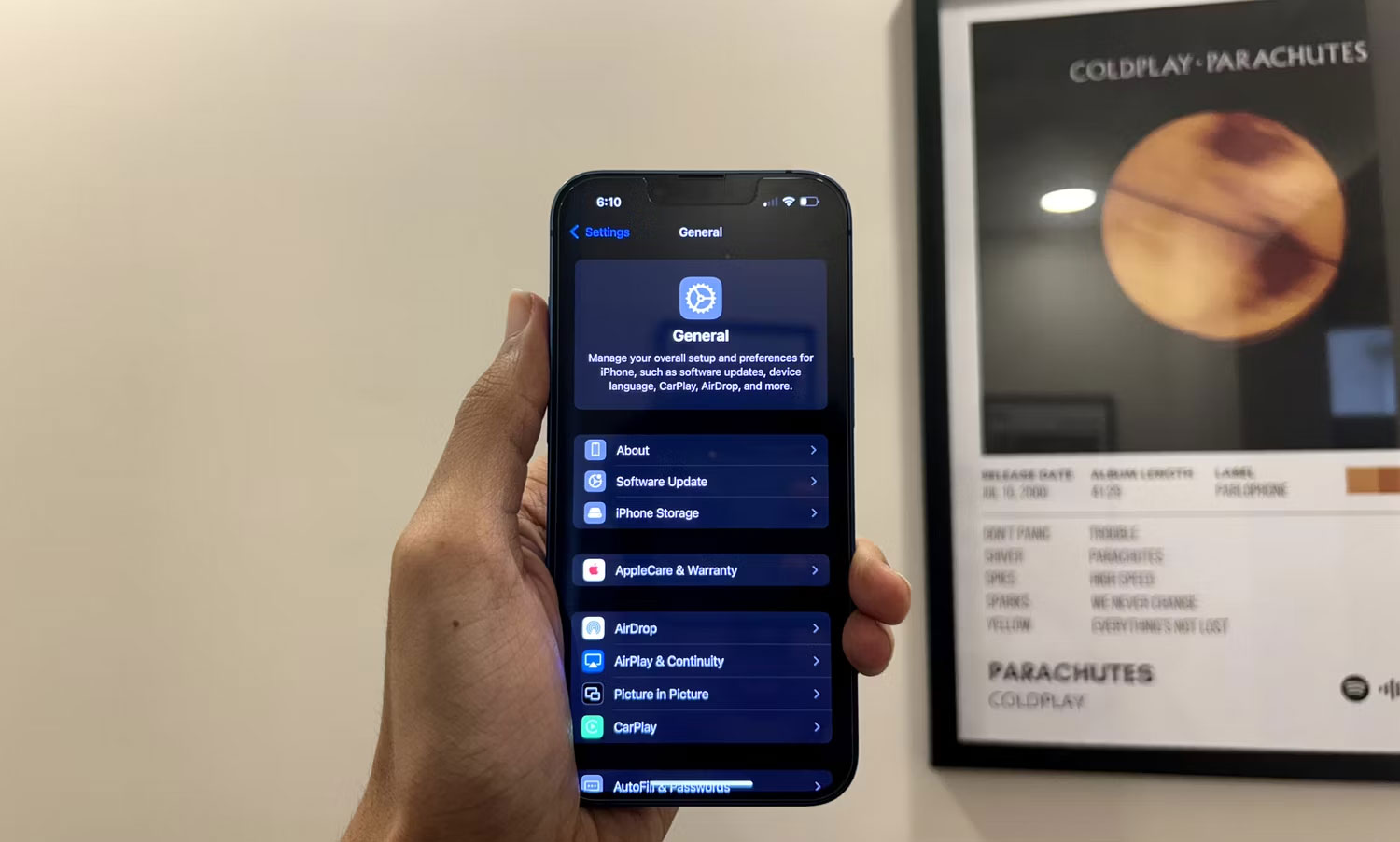7 changes in iOS 18 that Apple barely talked about at WWDC 2024
If you watched WWDC 2024, you already know that iOS 18 brings some major features to the iPhone.
1. RCS support

Traditionally, texting between iPhones and Android devices has relied on SMS, which is far inferior to the RCS messaging protocol. SMS and MMS have many problems, such as unencrypted messages, low quality photos and videos, no import indicator, no read receipts, etc. RCS solves all these problems for better cross-platform messaging.
Thankfully, Apple is adding RCS support to the Messages app on iOS 18 to greatly improve the messaging experience for Android users. Currently, RCS support in the iOS 18 developer beta is only available in the US for T-Mobile, AT&T, and Verizon users. Support for other service providers will be rolled out when iOS 18 officially launches.
2. Dial T9

The Phone app is also being upgraded with T9 dialing support. With the T9 dialing feature, there's no need to dig into your contacts to find the person you want to call. Instead, you can enter contact names using the keyboard by tapping the numbers that correspond to the letters in the name.
For example, if there's a contact named "Sam", just enter 7-2-6 and the option to call them will automatically appear at the top.
Another improvement to the Phone app is the ability to autofill when manually dialing a saved contact. This feature has been available for a long time on Android devices, making calling someone much faster than searching through contacts.
3. Music Haptics
iOS 18 introduces many new accessibility features, including Music Haptics. This feature helps deaf or hard of hearing people experience music better. Using the Taptic Engine, it emits vibrations and tapping sounds that match the song you're listening to, allowing the music to be physically felt in your hands.
As of this writing, Music Haptics is only available with Apple Music but third-party app developers can also integrate it into their apps. So you can expect broader support when Apple rolls out iOS 18 in fall 2024.
In testing, this worked best for simple songs with few instruments because it was able to match the vibrations accurately. However, with more complex songs, the vibration is no longer obvious, making it feel like the phone is vibrating randomly.
4. Track eye movements
Adding to the plethora of accessibility features on iPhone is the new Eye Tracking feature. The same way you can navigate the Vision Pro with your eyes, you can control your iPhone with your eyes.
This feature requires no additional hardware; it uses the front camera and Machine Learning to interpret user actions. Eye tracking is not restricted to Apple's built-in apps; it works across the entire system, allowing gestures, swipes, and other actions to be performed using just the eyes.
Although designed primarily for people with physical disabilities, many people can still be found using this feature as it is a very convenient way to use the iPhone hands-free.
5. Reminders in the Calendar app

One of the biggest complaints about Apple's Reminders and Calendar apps so far is that they don't communicate with each other. Luckily, Apple has partially solved this problem by integrating Reminders into the Calendar app.
If you create a new reminder with a due date, it will automatically appear in the Calendar app. You can also create and edit reminders directly in the Calendar app, eliminating the need to switch between apps. This change is definitely a step in the right direction.
6. Vehicle Motion Cues

If you frequently experience motion sickness when using your iPhone in the car or train, Apple has a solution in iOS 18. Motion sickness occurs because your body senses movement in one direction while your eyes are moving. focusing on a static screen, causing confusion and nausea.
The new Vehicle Motion Cues feature solves this problem by displaying a number of dots on the screen that move in the direction of the vehicle without affecting the content you are watching. You can enable this feature manually or set it to automatically activate whenever your iPhone detects you're in a moving vehicle.
7. Redesigned Settings app

In recent years, the Settings app in iOS has become visually cluttered, with many new options crammed into it. Thankfully, it has now received its first major overhaul. Some menus in the Settings app now include brief summaries explaining what settings can be changed in each menu.
Apple has also reorganized many of the menu items in the Settings app, and there's a whole new section for all the apps installed on the iPhone. These changes make the iOS Settings app much less cluttered than before.
While Apple plans to release iOS 18 to the public in the fall of 2024, you can install the iOS 18 developer beta right now. However, don't expect a stable experience as the beta version is still in its early stages, lacking key features like Apple Intelligence and improved Siri.
 Serious vulnerability in OpenSSH threatens millions of servers
Serious vulnerability in OpenSSH threatens millions of servers Learn about Warmcookie: Malware that targets people looking for work
Learn about Warmcookie: Malware that targets people looking for work The Qualcomm Snapdragon logo will appear on the Manchester United shirt for the 2024/2025 EPL season
The Qualcomm Snapdragon logo will appear on the Manchester United shirt for the 2024/2025 EPL season Deepfakes on YouTube are on the rise: How to flag certain AI content?
Deepfakes on YouTube are on the rise: How to flag certain AI content? What smartphone models does North Korea have?
What smartphone models does North Korea have? This portable ultrasound device can monitor each organ in the body with high accuracy
This portable ultrasound device can monitor each organ in the body with high accuracy